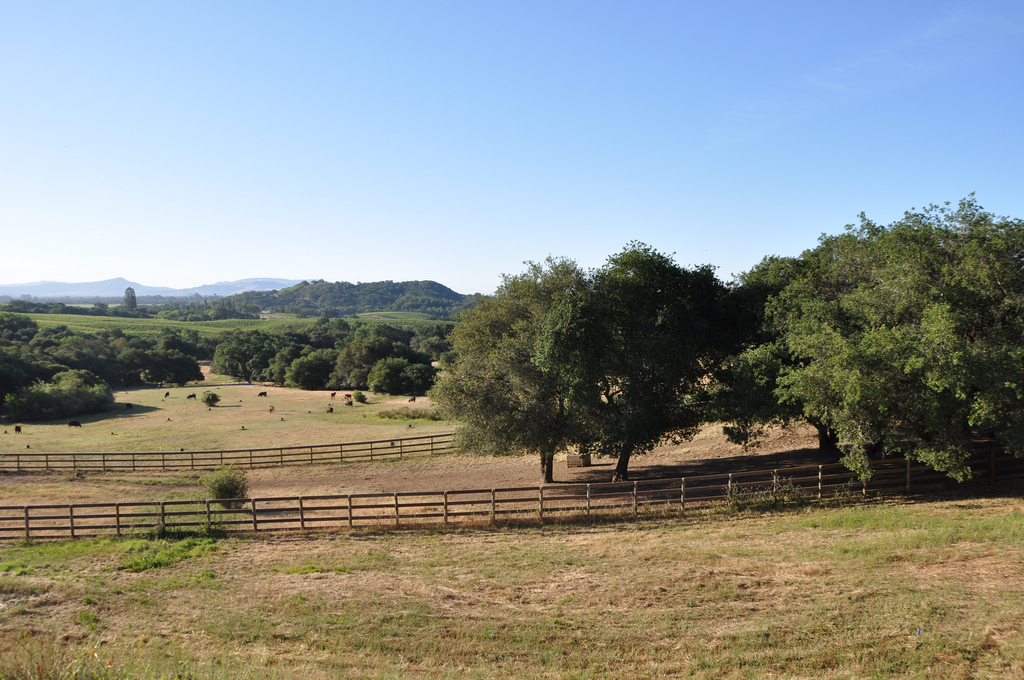Recognizing the local need to address climate change, all nine cities in Sonoma County are participating in Climate Action 2020, a collaborative effort wherein each city is developing a Community Climate Action Plan to reduce its carbon footprint.
In 2005, all jurisdictions in Sonoma County adopted a target of reducing greenhouse gas emissions by 25% below 1990 levels by 2015.
In 2012, Santa Rosa became the first city to adopt a Community Climate Action Plan. Now the rest of the cities are following suit.
Greenbelt Alliance encourages residents to get involved in their cities’ Community Climate Action Plans. Our publication, Green Your City’s Blueprint: A Toolkit for Climate-Friendly General Plans, is a great resource for how you can take action.
We believe Sonoma County cities can reduce their greenhouse gas emissions by enacting policies that ensure the right development happens in the right places. By protecting our natural and agricultural lands from sprawl development and guiding growth within existing urban limits, cities can meet their Climate Action 2020 goals. Creating homes and jobs close to existing services and transportation infrastructure will reduce emissions caused by driving and prevent the need to sprawl onto Sonoma’s landscapes.
Something Sonoma County cities already do well is establishing urban growth boundaries (UGBs). UGBs determine where a city can and cannot grow and are one of the best policy tools for protecting open space. Sonoma County is the only county in the region with UGBs around each of its cities. However, even these voter-approved boundaries can come under threat, as we currently see happening in Cloverdale.
Greenbelt Alliance will continue working with cities to develop their Community Climate Action Plans. We look forward to shaping policies that will contribute to a healthier, more resilient Sonoma County.




